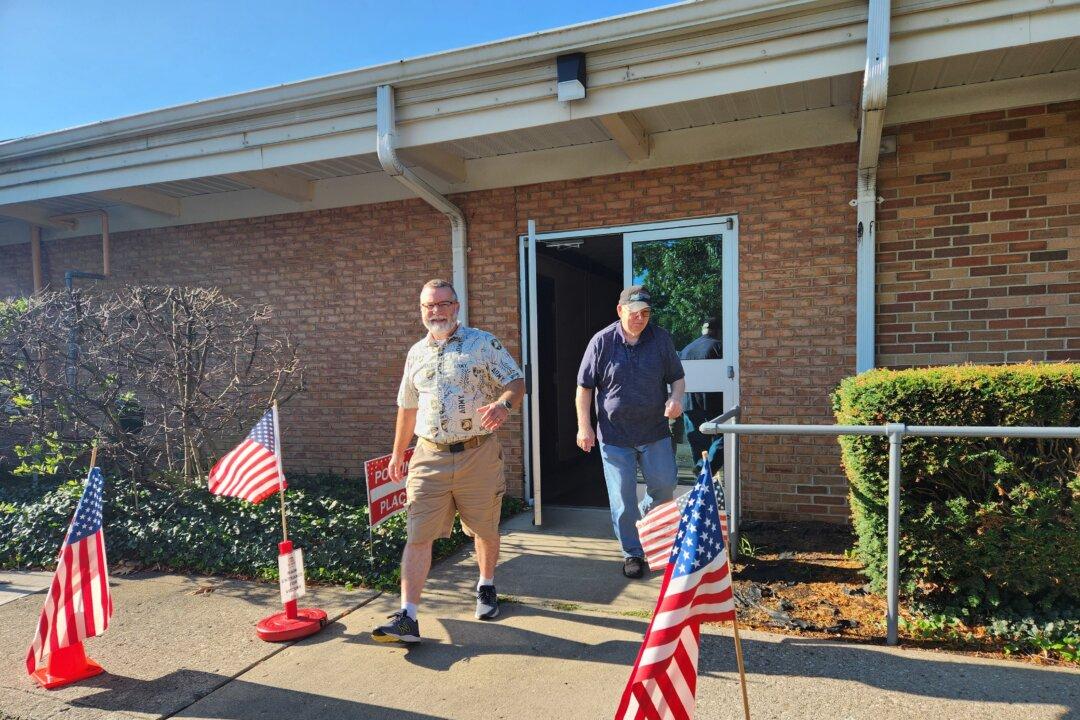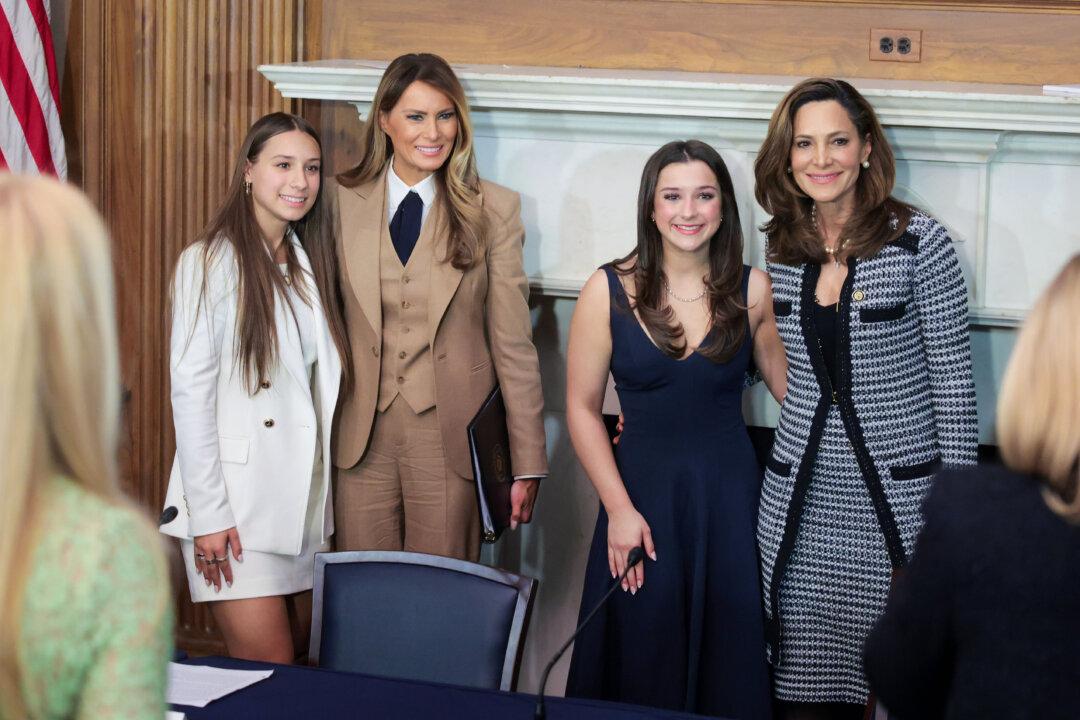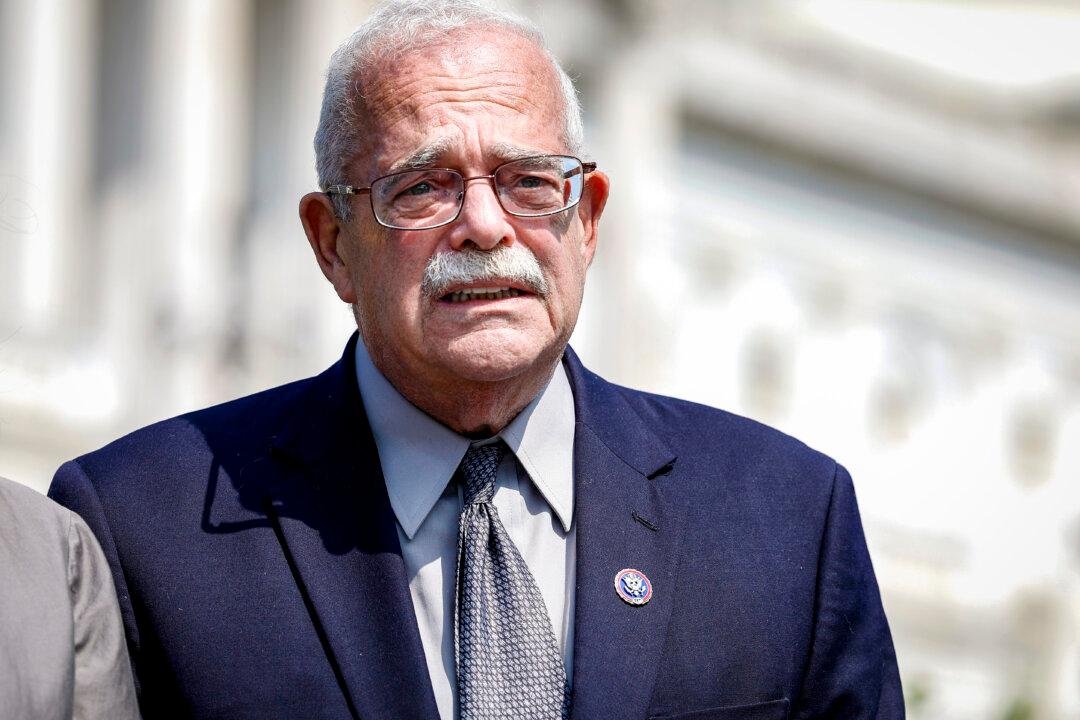KETTERING, Ohio—As the polls opened at 6:30 a.m. on Aug. 8 for Ohio’s special election, more than half a million voters had already cast their ballots on a crucial measure that could decide the fate of an initiative to enshrine abortion as a right in the state’s constitution.
Issue 1, if passed on Tuesday, would make it more difficult for voters to amend the Ohio Constitution by raising the threshold to pass an amendment from a simple majority to 60 percent of voters.






